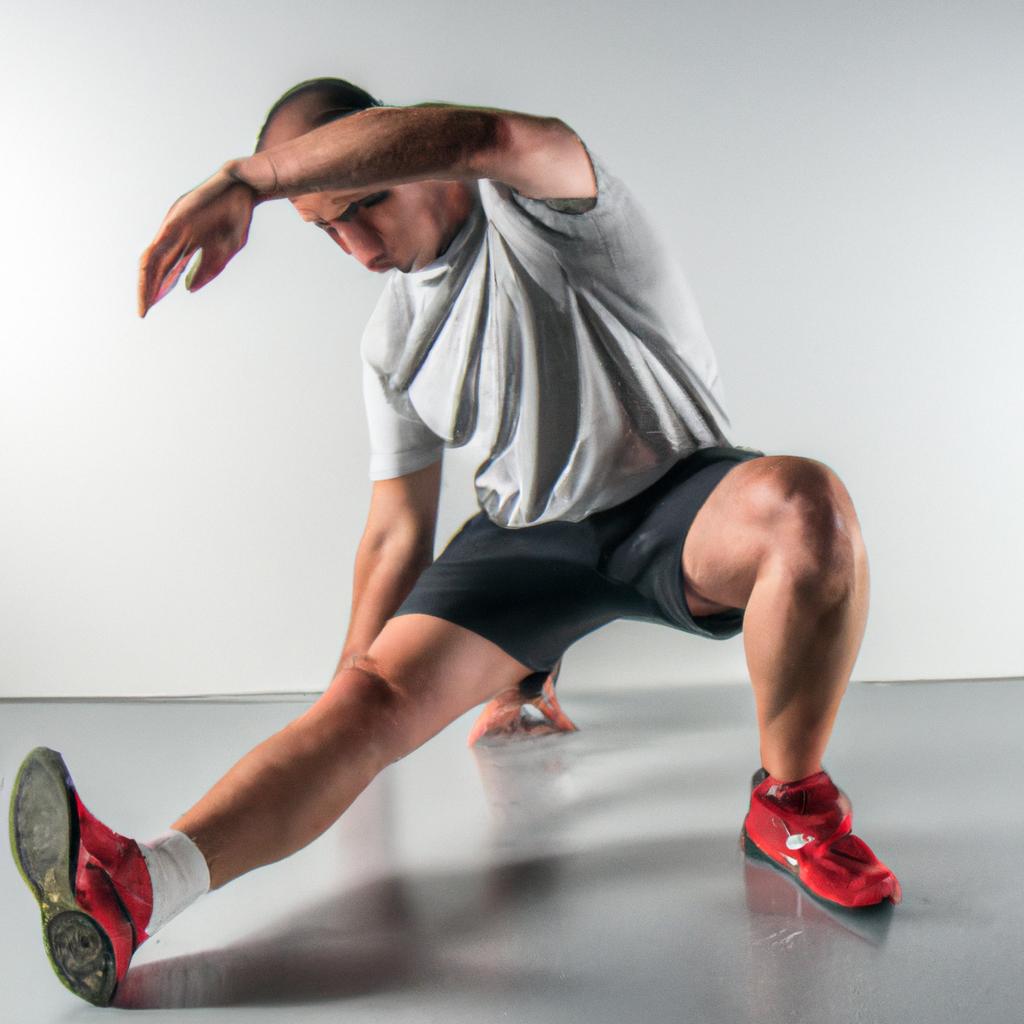**”Unlocking Mobility: The Role of Dynamic Stretching in Injury Prevention and Performance Enhancement”**
# Unlocking Mobility: The Role of Dynamic Stretching in Injury Prevention and Performance Enhancement
In the realm of fitness and athletic performance, the importance of flexibility and mobility cannot be overstated. Dynamic stretching, a technique that involves moving parts of your body through a full range of motion, has gained traction among athletes, trainers, and fitness enthusiasts for its role in injury prevention and performance enhancement. This blog post delves into the essence of dynamic stretching, outlining its benefits, offering nutritional tips, and providing specific exercise advice to help you unlock your mobility.
## Understanding Dynamic Stretching
Dynamic stretching is distinct from traditional static stretching in that it involves active movements that mimic the activity you’re about to perform. For example, leg swings, walking lunges, and arm circles are all dynamic stretches that prepare the body for physical exertion. The primary goal of dynamic stretching is to increase blood flow to the muscles, enhance flexibility, and improve overall performance.
### Injury Prevention
One of the most compelling reasons to incorporate dynamic stretching into your warm-up routine is its ability to prevent injuries. When you engage in dynamic stretches, you’re preparing your muscles and joints for the stresses they’ll face during physical activity. By increasing blood flow and temperature in the muscles, dynamic stretching enhances elasticity, making them less prone to strains and tears.
Research has shown that athletes who integrate dynamic stretching into their warm-up routines experience a lower incidence of injuries compared to those who solely rely on static stretching. Additionally, dynamic stretching helps to improve joint stability, which is crucial for preventing common injuries related to overextension or improper movement mechanics.
## Enhancing Performance
Dynamic stretching not only reduces the risk of injury but also enhances athletic performance. By activating the muscles and increasing the range of motion, dynamic stretches can improve your speed, strength, and agility. The movements involved in dynamic stretching also help to engage the neuromuscular system, preparing it for the demands of your workout or competition.
For instance, athletes participating in sports that require quick changes in direction—like soccer or basketball—benefit significantly from dynamic stretching. By incorporating movements that simulate these sudden shifts and accelerations, dynamic stretching allows for better coordination and faster reaction times.
### Nutrition Tips for Optimal Performance
While dynamic stretching is essential for unlocking mobility, nutrition also plays a crucial role in your overall performance and recovery. Here are some nutrition tips to complement your dynamic stretching routine:
1. **Hydrate**: Ensure you are well-hydrated before engaging in any physical activity. Dehydration can lead to muscle cramps and reduced performance.
2. **Pre-Workout Snacks**: Consume a light snack that combines carbohydrates and protein about 30 to 60 minutes before your workout. Options include a banana with almond butter or yogurt with fruit.
3. **Post-Workout Recovery**: After your workout, replenish your body with a balanced meal that includes protein, healthy fats, and complex carbohydrates. This could be grilled chicken with quinoa and vegetables or a smoothie with protein powder, spinach, and berries.
4. **Antioxidants**: Incorporate foods rich in antioxidants, such as berries, nuts, and leafy greens, to help reduce inflammation and promote recovery after intense workouts.
## Dynamic Stretching Exercises
To maximize the benefits of dynamic stretching, consider integrating the following exercises into your warm-up routine:
1. **Leg Swings**: Stand next to a wall or support and swing one leg forward and backward, gradually increasing the range of motion. This targets the hip flexors, hamstrings, and glutes.
2. **Walking Lunges**: Step forward with one leg and lower your hips until both knees are at a 90-degree angle. Alternate legs and keep your core engaged to maintain balance and stability.
3. **Arm Circles**: Extend your arms out to the sides and make small circles, gradually increasing the size of the circles. This helps warm up the shoulder joints and improves upper body mobility.
4. **High Knees**: Jog in















Post Comment